The introduction of Starlink in Zimbabwe was met with optimism, promising high-speed, affordable internet to a nation plagued by unreliable and expensive connectivity. However, that excitement has been dampened by the revelation that Zimbabwean users are paying more for Starlink services than customers in any other country solely due to a USD$5 regulatory fee imposed by the government. Starlink on their official page rightfully noted, “ The fee is included to account for higher than average regulatory fees in Zimbabwe”.
While the standard Starlink residential package costs in countries like Rwanda and Sierra Leone are USD$45 per month and in Zambia USD$30, Zimbabweans are paying USD$50 an 11% mark-up. This additional fee, unique to Zimbabwe, raises questions about why the country imposes such high regulatory costs compared to its neighbours.
By Gamuchirai Mapako
Starlink, owned by Elon Musk’s SpaceX, operates in over 130 countries, with pricing adjusted based on local taxes, licensing, and regulatory costs. However, Zimbabwe stands out as the only nation where an explicit USD$5 “Regulatory Fee” is added to the standard subscription. The Zimbabwean government is taking more than what other ISPs are charging in places like Ukraine, China, and Russia for fibre connections.
Zimbabwe’s telecommunications sector is heavily regulated, with high licensing fees imposed on operators. The Postal and Telecommunications Regulatory Authority of Zimbabwe (POTRAZ) requires foreign providers to pay substantial fees for market entry and spectrum usage.
Unlike countries that encourage digital inclusion through tax waivers or subsidies, Zimbabwe imposes additional levies on foreign-based services. Starlink, which operates as an international provider rather than a locally registered entity, faces extra compliance costs.
The Zimbabwean government has a history of imposing high fees on not just telecommunications to boost state revenue. Mobile operators and internet service providers (ISPs) already pay significant regulatory fees, which are often passed on to consumers.
In contrast to Zimbabwe, most countries do not impose such steep regulatory fees on Starlink, users pay the standard USD$45 (or local equivalent) with no additional regulatory fee. Eswatini also charges USD$50 which is not necessarily due to regulatory fees, however given that their leading ISP price is roughly USD$22, the country does not rely on Starlink as the cheaper alternative while in Zimbabwe they do and their leading ISP price is around USD$221.74
While taxes may apply, they are built into the pricing rather than listed as a separate charge. In the United States and Europe pricing remains consistent, with only standard sales taxes or VAT added where applicable.
Zimbabwe’s USD$5 fee is an outlier, making it the most expensive Starlink subscription in Africa relative to average incomes.
While it may seem like a small amount, for many Zimbabweans, even a USD$5 difference is significant. With the country’s average monthly wage hovering around USD$200, an extra USD$60 per year makes Starlink less accessible to low-income households and small businesses.
Some users may have resorted to bypassing official channels importing Starlink kits from neighbouring countries or using roaming loopholes to avoid the fee however that is not an option for Zimbabwe since the roaming option was scrapped off.
The United States likely has the highest telecommunications regulatory fees in the world, with carriers contributing about 25% of interstate revenues to the Universal Service Fund. Zimbabwe’s fees, seen in Starlink’s USD$5 monthly charge, also seems high. In the U.S., these fees fund projects like rural broadband and Lifeline for low-income access. Zimbabwe’s fees may support regulatory oversight, but specific on the use is unclear.
Compared to other nations, Zimbabwe’s approach stands out as unnecessarily restrictive. Unless regulators reconsider these fees, the dream of universal, affordable internet will remain out of reach for many Zimbabweans.

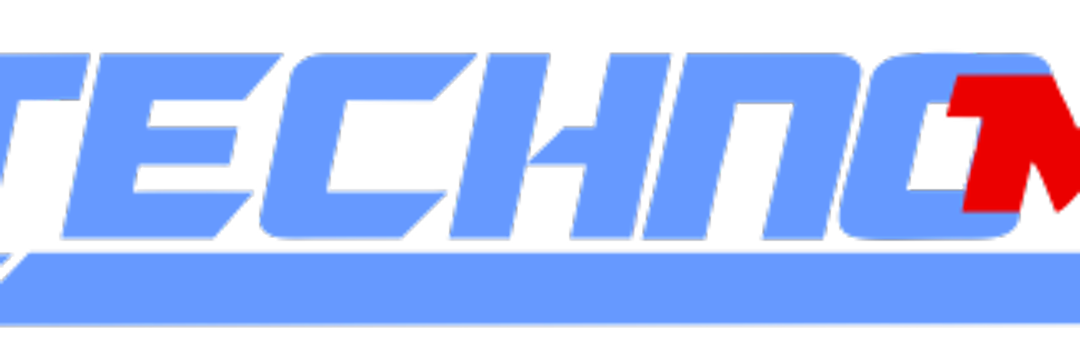
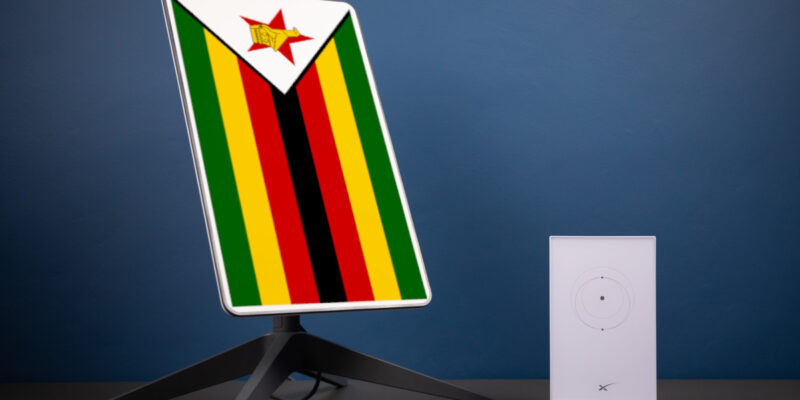




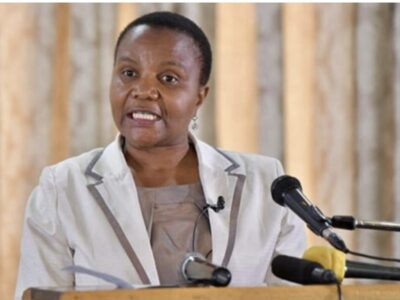
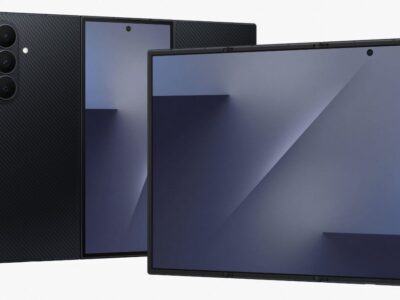


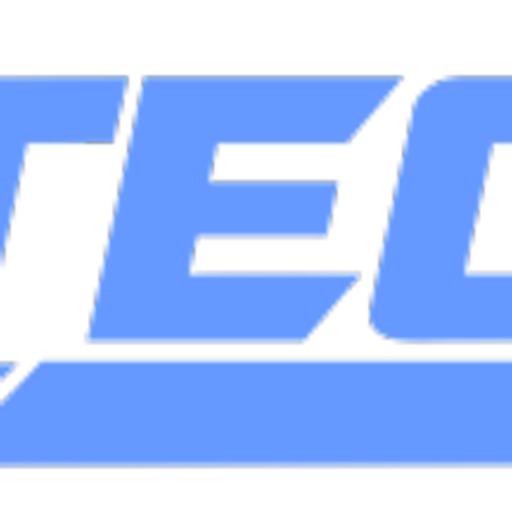


Comments